All-new Oticon Zeal™ - The first, discreet hearing aid to do it all.
All-new Oticon Zeal™ - The first, discreet hearing aid to do it all.
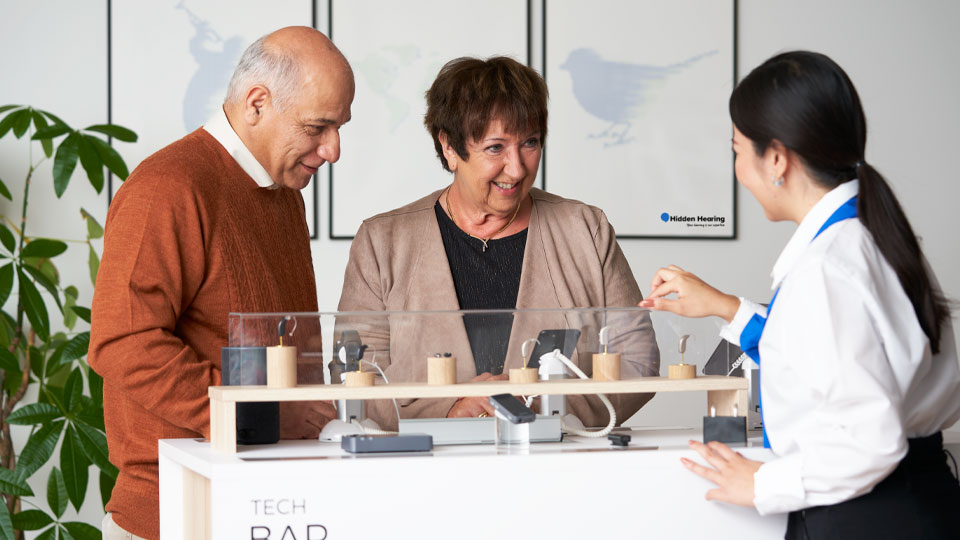
Bluetooth® hearing aids can connect to your smartphone, tablet, and TV so that you can stream sound directly into them.
Hearing aids with Bluetooth® can remotely connect to certain devices, turning your hearing aids into a wireless headset. You could be able to:
Scroll down to read more
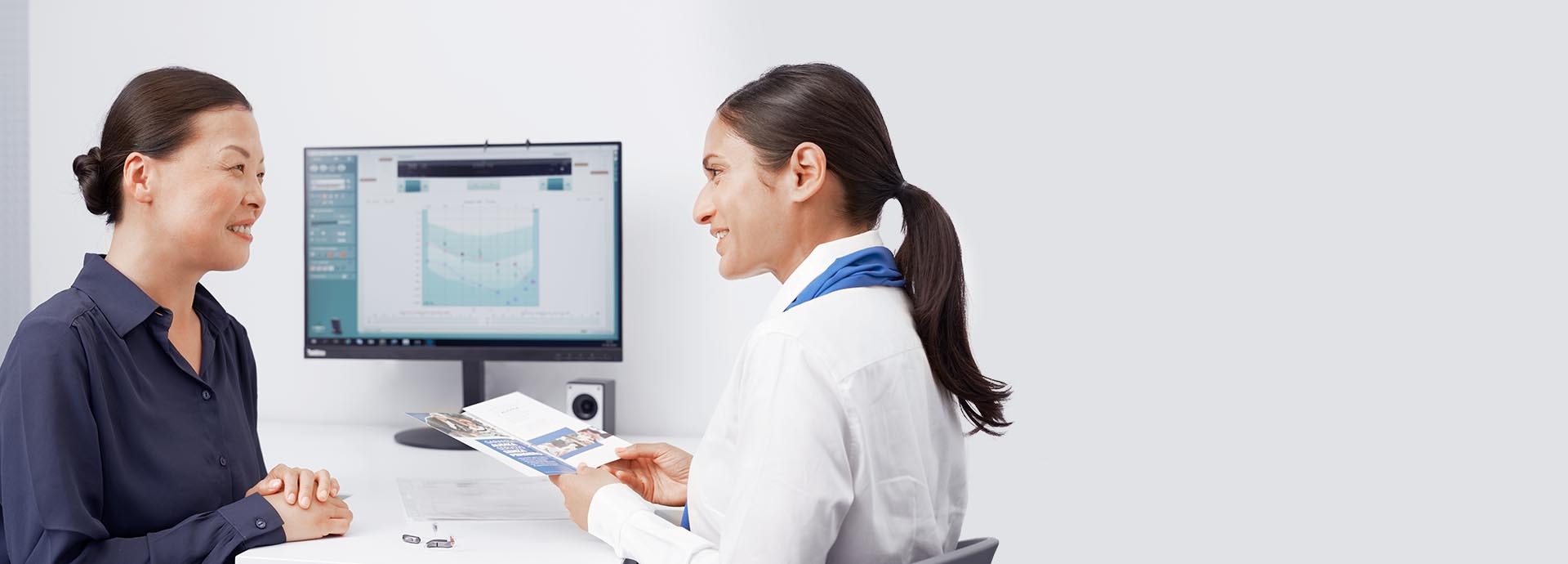

Connecting your hearing aids to your smartphone via Bluetooth® means the sounds from your phone conversations will be sent directly to your hearing aids. So you won’t have to strain to hear what’s being said through the phone receiver.
Many hearing aid manufacturers have partnered with Apple to make ‘Made for iPhone’ hearing aids. This means that your hearing aids can connect directly to your chosen Apple device.
How to receive calls from an iPhone (video)
Most Android devices, however, require a “streamer” which functions as an intermediate device to facilitate communication between the Bluetooth® hearing aids and the device.
Learn more about Oticon’s streamer device (ConnectClip)



Have you ever asked your friends or family to turn up the volume on the TV because you couldn’t hear?
With Bluetooth® hearing aids, you can wirelessly connect to the television. You can watch the programme at your own preferred volume, while your family members watch at their volume, which works well for everyone.
You’ll need a TV adaptor to connect your hearing aids
wirelessly to your TV.
Learn more about the Oticon TV Adaptor


There’s no need to swap out your hearing aids for headphones. With Bluetooth® hearing aids, you can connect wirelessly to your favourite playlist or podcast – your hearing aids will act as high-quality headphones.
Get your free Bluetooth® hearing aid trial
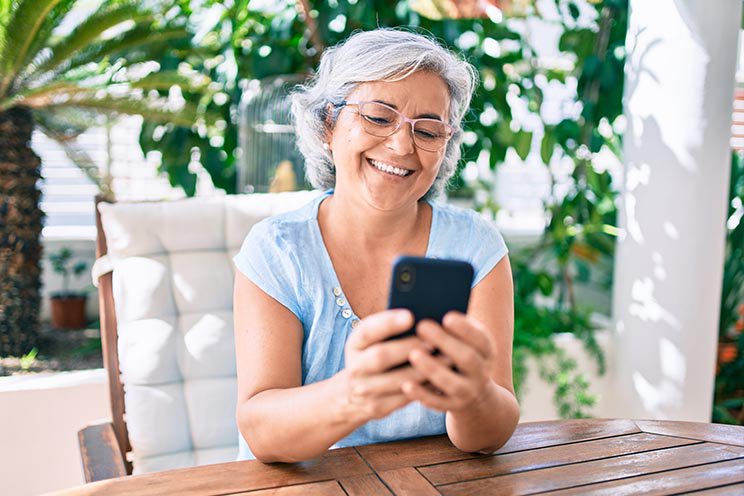

You can use your Bluetooth® hearing aids to stay in touch with loved ones via video chat. You no longer have to struggle to hear conversations through computer speakers. The sound is instead streamed into your Bluetooth® hearing aids. You can also enjoy your favourite videos and TV programmes by streaming the audio in the same way.
Do you have any questions about Bluetooth® hearing aids?
Call us on 0800 0372 080 or find a clinic near you.
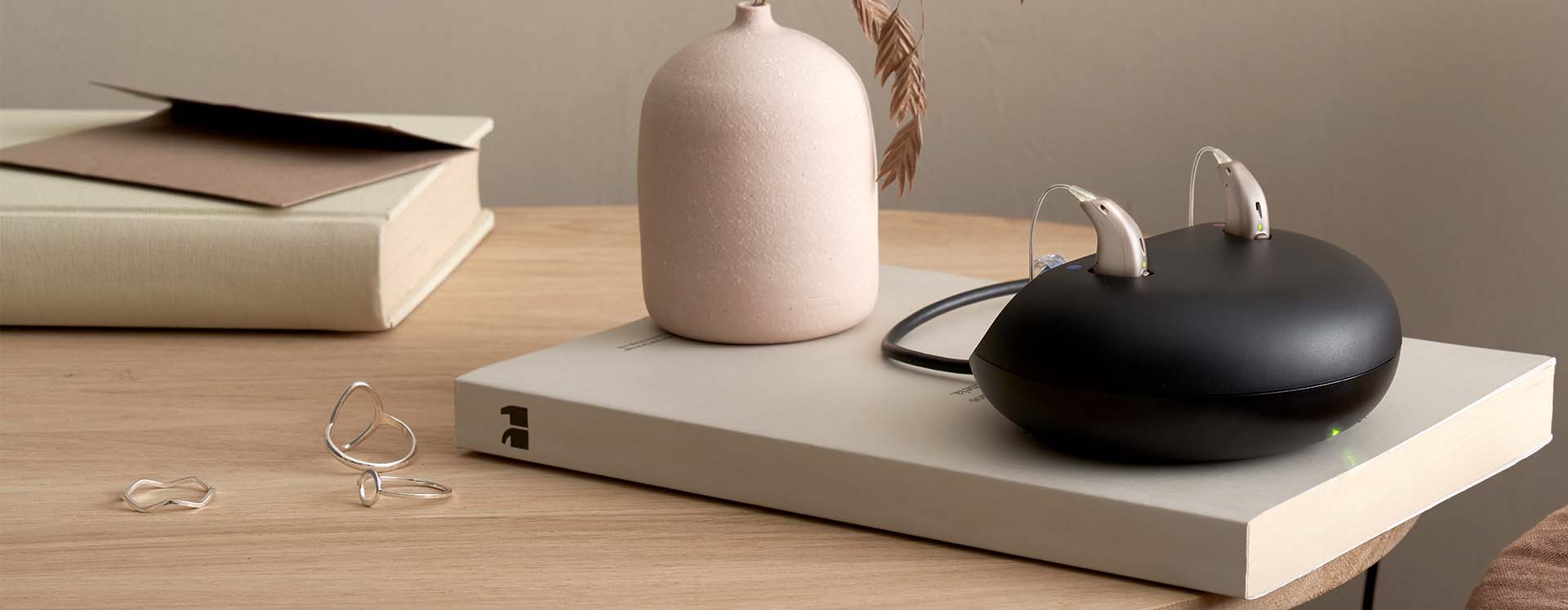
Bluetooth® is a wireless communication technology which allows for the transfer of data between two or more small electronic devices. It works for distances up to around 10 metres.
Many smartphone apps allow you to make the most of your hearing aids.
For example, with the Oticon ON app you can:
Another example is the Oticon RemoteCare app. It allows you to have a remote consultation with your hearing care expert. (You'll need to double-check with your individual hearing care expert to see whether they can offer this service).
This means that you can connect remotely to your hearing care expert for follow-up appointments (through the app's video and audio capabilities).
And if needed, your hearing care expert can even adjust your hearing aids remotely through the app.
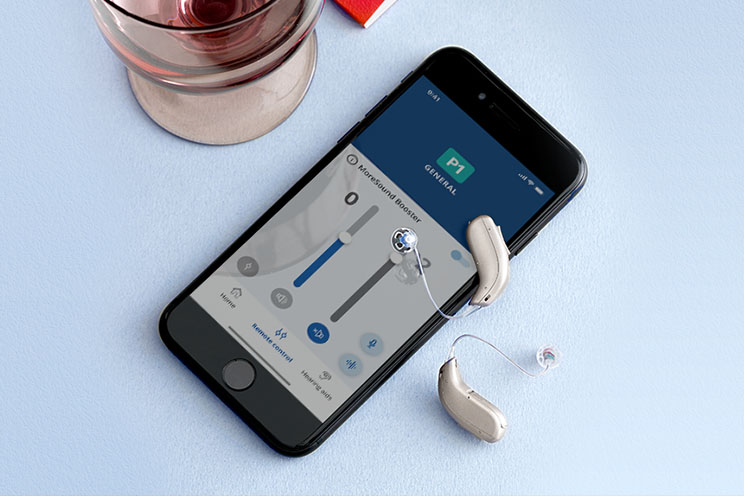
1. https://www.healthyhearing.com/help/hearing-aids/bluetooth
2. https://www.truhearing.com/getstarted/using-your-hearing-aids-with-a-smartphone
3. https://www.tunity.com
4. https://medicalxpress.com/news/2015-05-aims-access-music-people-aids.html
5. https://www.ncbi.nlm.nih.gov/pmc/articles/PMC5357629
6. https://tech.co/hearing-aids/bluetooth-hearing-aids
7. https://www.hearingdirectory.ca/help/hearing-aids/bluetooth
8. https://ifttt.com/oticon
9. https://www.hearingreview.com/inside-hearing/research/wireless-hearing-aids-present-health-risk